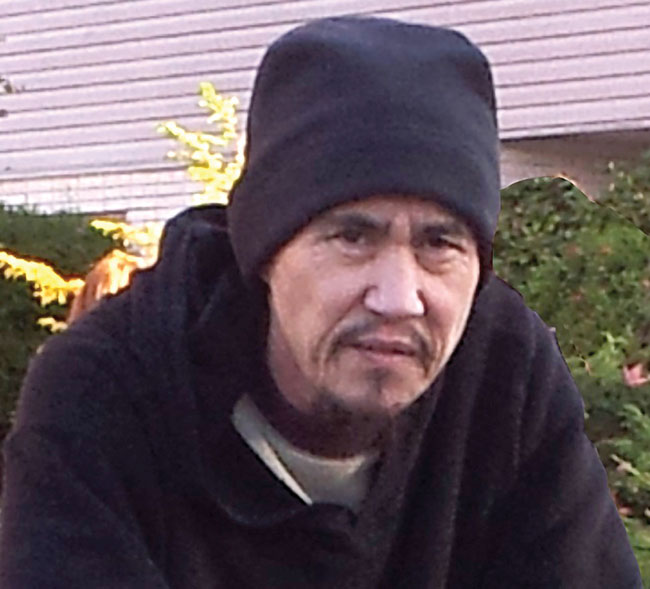
What went Hong: Risk Assessment
By James Hong
Features Government and regulatory cananda health and safety hong rental safety
This year, I’ve noticed a lack of analysis when it comes to risk assessment. My theory: the pandemic has taken up so much of our attention, concern and focus, the tendency is to under-process other matters that require our full concentration. No matter the business type, the importance, structure and process for effective risk assessment remain the same.
The first step is evaluation. Inspect the environment, identify the hazards, risks and control measures. Then implement, monitor and adjust as needed. Once a report is completed, assessment for accuracy and recommendations are next – all important steps required prior to beginning work. While most of us do an unconscious quick evaluation for small jobs, risk-assessing workplace environments and activities requires a methodical approach.
The process starts with a standard document listing numerical values ranging from critical to low for each category. The combination of scores provides an overall risk level. While the first step is to complete the report, it’s necessary to review changing circumstances while implementing and altering control methods as required.
One of my primary functions is to review risk appraisal reports. Frequently, I see entries that confuse risk level – that is, the level of danger – with probability of exposure (the likelihood that a worker will come into contact with the danger.) For instance, a specific operation can have a high or very high risk level. However, when controlled with best practices, the probability or likelihood of an accident can be greatly reduced, if not eliminated entirely. Errors that continue to come across my desk are reports that enter the risk level as low and the likelihood of severity low, when, in actuality, the risk level is very high, but when controlled properly, the likelihood of exposure is low. The importance of understanding the difference can’t be overstated.
The big problem with misidentifying risk level is the subsequent protective safety actions, or lack thereof, for the overall job. If the assessment mistakenly evaluates the risk level to be low, it’s almost always the case that the required controls will not be in place to prevent an incident. The increased potential for accidents from hazards with an incorrect risk assessment drives the probability of an incident up exponentially. If the assessment doesn’t identify all persons affected and how, the proper controls for safety won’t be considered. Let’s take a look at a practical example.
Harry does an assessment for a job described as “excavate parking area blacktop.” His assessment is as follows.
For hazard level (what is the level of danger?) he answers, “Three” (probable). This is incorrect.
For likelihood of severity (would exposure cause severe incident?), he answers, “Not much.” Wrong again.
Under control measures (how to reduce exposure to the danger?’) he puts “basic PPE.” Oops.
What’s missing here? By assigning a mid-level hazard rating and low likelihood of severity score, the job site has no protection for the public, no fencing, no exterior warning signage or markers and no regulatory required postings. In short, no control measures are in place to protect workers or the public.
It takes on the job experience and a certain amount of common sense to make a proper risk assessment. The best way to gain experience performing risk assessments is to start small and work up as you go. Train yourself to look at the job you or your co-worker is doing by thinking about what could go wrong, what you’ve seen go wrong in the past, why it went wrong and what’s needed to prevent similar issues under similar circumstances. Another good way to gain experience at risk assessment is to incorporate a monthly near miss toolbox topic into your normally scheduled meetings. Discuss a scenario where an accident almost happened, why it did not, and what prevented it.
Of course, there’s much more to risk assessment than a few discussions. Begin to have an eye toward the cause of incidents and unintended consequences while keeping active prevention as the goal.
James Hong is an OHS consultant for the construction industry.
Print this page
Leave a Reply